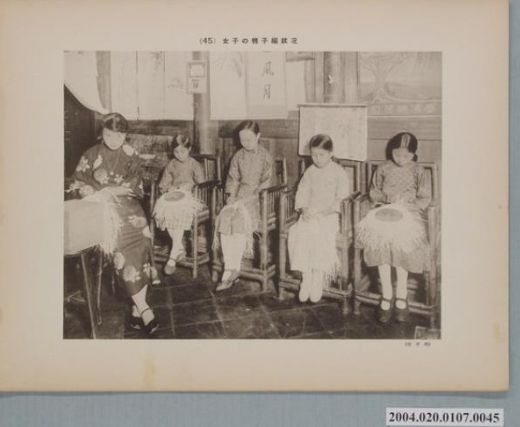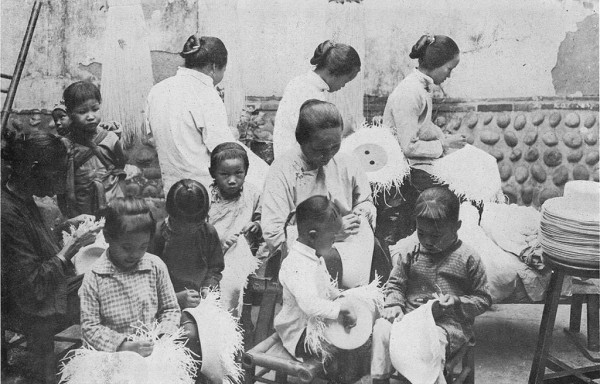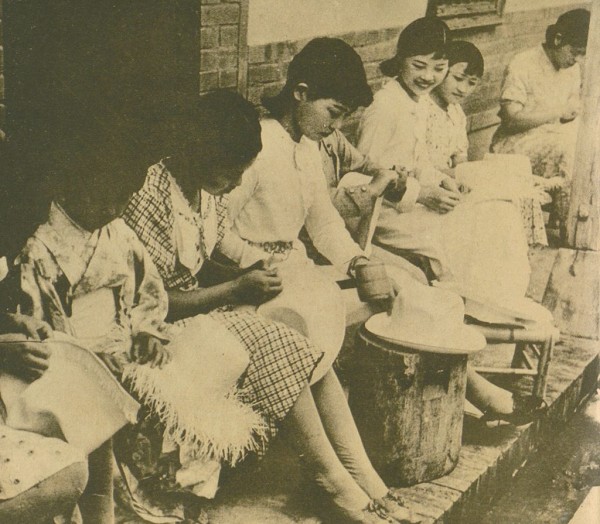
In traditional society, women knitting straw hats can support an entire family’s economy.
 |
Do you know that one little hat also made Taiwan rich during the Japanese colonial period, and the foreign exchange earned from export alone was second only to sugar and tea?
|
 |
Dajia hat mats emerged during the Japanese colonial period, and hat mat knitting became the most common sideline business for women in central Taiwan. Women's hat mat knitting culture also flourished in Lukang area.
At that time, the classic rush hat with a southern flavor became popular in exports after being promoted and advertised. It was exported in large quantities to Japan, Shanghai and other places, and firmly established itself as the winner in export volume. After developing more new products, it became famous internationally as "Taiwan Hat". |
 |
In the village where Dajia rush hat mats are produced, a proverb has been circulating for a long time that "it is better to have a girl than a boy": " The women who weave rushes are so busy that they don’t know the taste of their food, and they don’t sleep well. People all hope to give birth to a girl instead of a boy. Boys don't work seriously, but girls make money by making mats and hats so that their elders can eat well. " Most of the work of hat mats falls on women who are good at weaving.
Until the Japanese colonial period, the wages women invested in weaving straw hats could even support a family.
|
 |
This trend was pointed out in the "Taiwan Daily News" that Taiwanese women have three blessings: the hat mat industry allows women to leave the home, go out to work, and even take on the responsibility for the livelihood of the family, resulting in the displacement of gender roles in the family; at the same time, the reform opinions aimed at speeding up the production of straw hats also point out that foot binding brings constraints to female workers and should be abolished. The hat mat industry is becoming more and more popular.
The production of these hats requires a lot of labor, especially the participation of women. The production of straw hats has not only become a family sideline for many women, but also enables them to get out of the house and participate in social and economic activities, thus improving their social status and economic independence. |

|
| Photographed in a house in Lukang during the Japanese occupation, women were knitting hats.Image source:Women’s knitted hat from the National History Museum collection (collection number 2004.020.0107.0045) |
 |
Who would have imagined that the end of the concept of "preferring boys over girls" would be due to little hats?
The shift in Westernized concepts allowed the straw hat to catch up with the trend of hair loss and become one of the costumes of people during the Japanese colonial period. "Wearing a hat" was not only a display of aesthetic fashion during the Japanese colonial period. In addition to changing hairstyles, the production of straw hats also subverted the traditional concept of "preferring boys over girls." |



